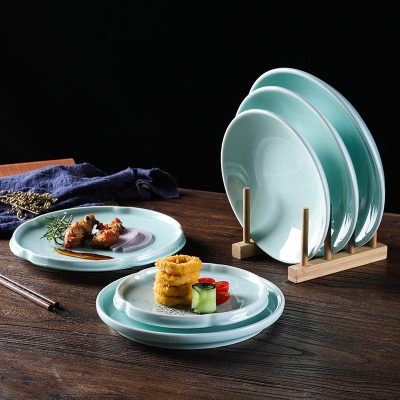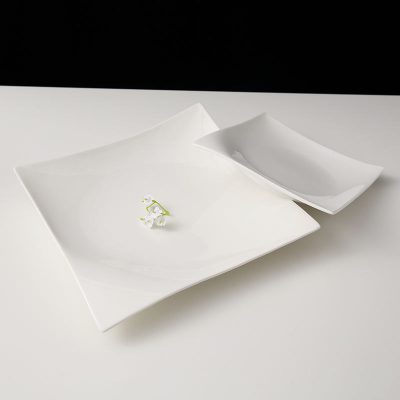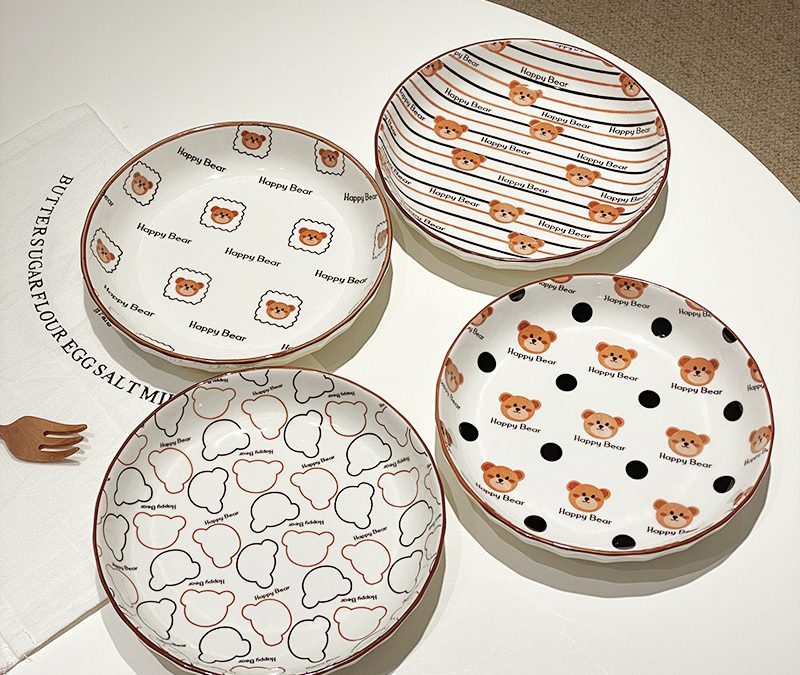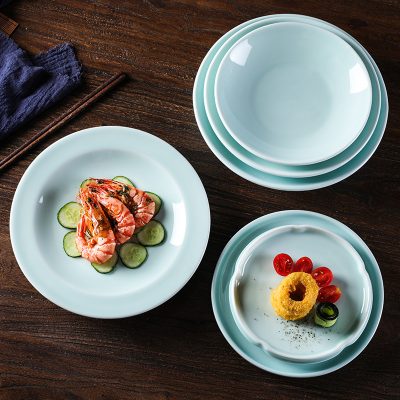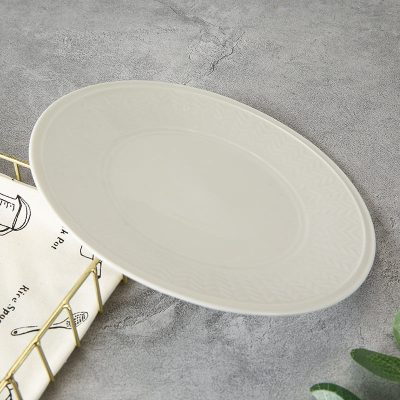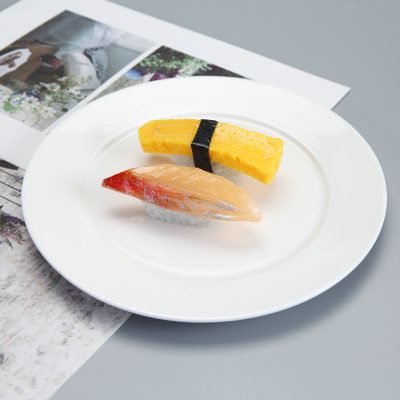- Contact us now!
- +86 18868944843
- been@thingegr.com
How to choose ceramic tableware
1. When selecting the tableware, carefully check whether the appearance of the tableware is correct, and whether there are damages, bubbles, spots, etc. In a word, the first step is to look at the appearance. For the ceramics with many thorns, spots and even cracks on the surface, the lead contained in the colored glaze is easy to seep out and is not suitable for making tableware.
2. Gently tap the surface of the tableware, and the quality of the crisp sound is better. The dull or hoarse sound is mostly inferior.
3. When choosing tableware, do not choose those decorated with colored glaze, especially the inner wall of tableware, which can be selected from underglaze or underglaze color, such as blue and white decoration.
4. The tableware just bought can be soaked and boiled in water with vinegar, which can remove most toxic substances and greatly reduce the potential threat of ceramic tableware to human body.
5. When selecting the tableware with gold and silver edge decoration, it is best to wipe it with your hands first, and the decoration that will not mix colors is the top grade.
6. The ceramic tableware with too bright color is not necessarily good. Some manufacturers will add some heavy metal additives into the glaze to make the ceramics look more bright, so the more colorful the tableware is, the easier the content of heavy metal is to exceed the standard.
7. When selecting the complete set of ceramic tableware, you should also carefully check whether the glaze color, picture, gloss and style of each piece are uniform. It is important to be careful that there are inferior products in the complete set of tableware.
8. It is better to choose a formal market for ceramic tableware. Don’t buy inferior products without formal manufacturers because of greed.
9. After the tableware is bought, do not use ceramic tableware to store acidic food, juice, coffee or wine for a long time. Because ceramics store acidic food or drinks for too long, especially in high temperature seasons, lead is more easily dissolved, and excessive lead dissolution will produce toxic side effects.
